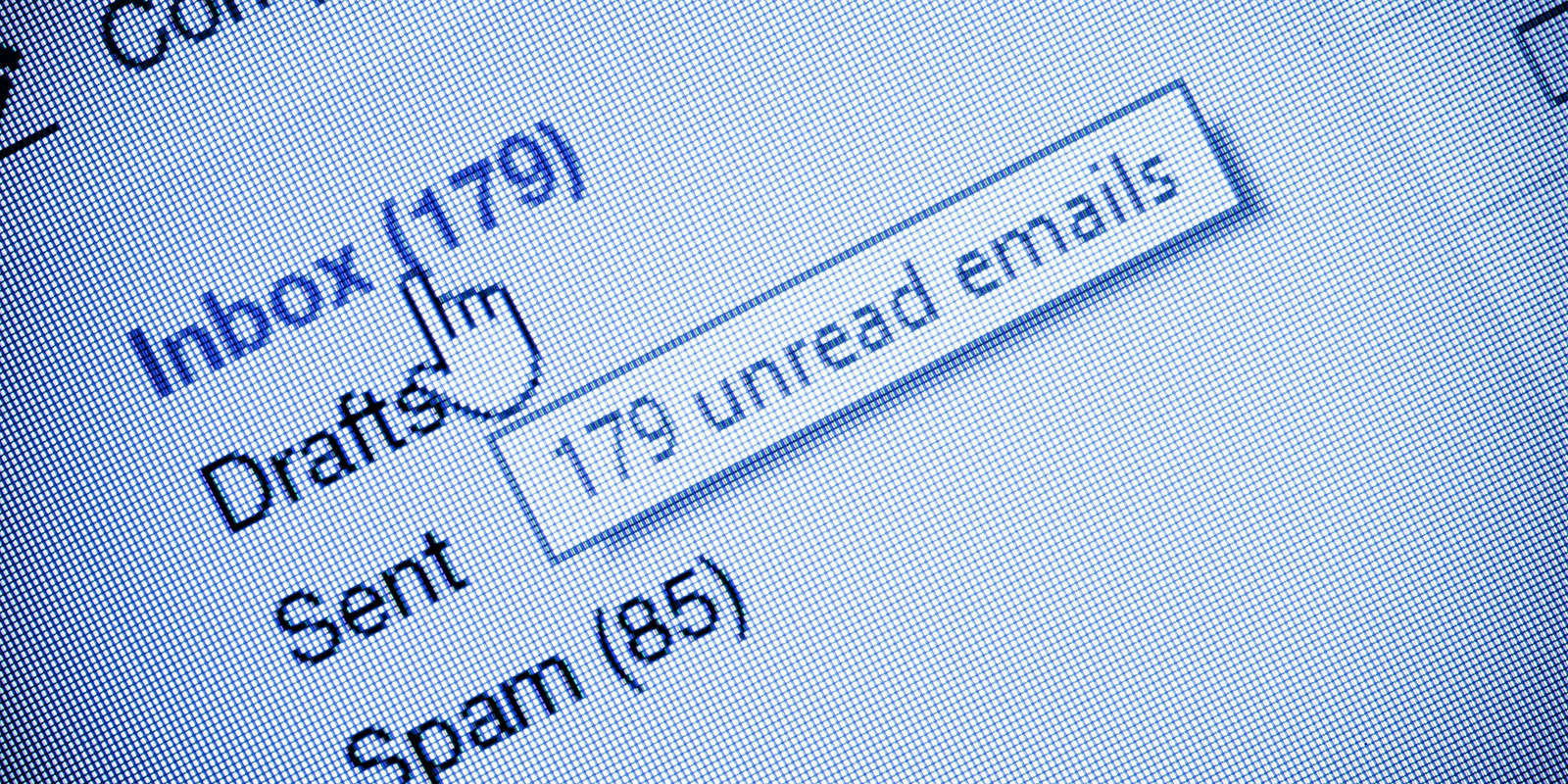Although digital mailboxes have adapted to evolve around the issue of spammy emails, it wasn’t too long ago that email users had to manually sort out their junk mail. Voluntarily dishing out email addresses isn’t done quite as lightly anymore, so gaining a lead’s email address is a great marketing opportunity that can have huge potential for conversion
If a prospective lead has willingly given you their email address, then use it wisely. Gaining an email address gives you an avenue to really build a good relationship with your leads, and progress deeper into the process of inbound marketing. Email marketing is an invaluable tool for your marketing and can be the thing which switches your conversion rate from a single digit, to double. Get it right, and your email marketing can help nurture leads, sell products, build and foster genuine relationships, and increase brand awareness. And if your emails are good, they can tick all these boxes simultaneously.
Having decent email content really gets your customer-focused solely on you – because you’re marketing in a way that feels more personal and private. While you’re outreaching to prospective clients during the beginning stages of inbound marketing (attraction), the prospective leads are comfortably anonymous and can choose to be indifferent to your initial stage of marketing which will appear in a far more public format. But email marketing starts a real conversation with your lead and targets them far more directly than generalised content. But how can you best use email marketing to your advantage and create some killer email content?
Be friendly
It might sound incredibly obvious – but simply sounding friendly and approachable in your email instantly makes you likeable, and readable. The definition of ‘professional’ has been rebranded by the modern working world – and gone are the days of boring, overly formal emails. No one wants to read an overly formal email if there is no need for the formality and being too serious can scare people off. Try and inject some personality into your emails to boost brand awareness and make yourself more memorable, whilst retaining professionalism.
Email marketing is your opportunity to be chattier, and more humorous wherever necessary. For example, Paul's latest out-of-office automatic response emails read ‘
‘Oh, this is awkward, you’ve caught me away from my desk.
I’m out the office now until *Monday 22nd August*, and I know I’m
supposed to say I have limited access to email but the truth is, the
WiFi works just fine #SorryNotSorry.
I’m enjoying time with the family on the beach in Wales and
paddleboarding with dolphins.
As you have time not replying back and forth to me, why not have a listen
to our latest podcast
Once I’m back, I look forward to embracing WiFi again and following up with
you.
If something is really, truly, desperately urgent, please reach out to
the studio on *01905 814038* or studio@hellomethod.co.uk.’
It’s short, sarcastic, and funny – and probably not the kind of thing you’d expect to read amongst a list of in-house emails, making it memorable.
People are far more likely to purchase your product or service if you treat them as a human beings behind the screen, and not a number in a database. Use some chatty language like ‘I’d love to catch up with you soon’ followed by something like ‘so that we can discuss this further’ – this combines formal with informal – to let your client know you are keeping things professional, but you’re also amicable and easy to get along with, and open to having a verbal conversation. ‘Catch up’ is something you’d say to a friend while ‘discuss further’ is something you’d say to someone within a more formal setting, such as the workplace.
Read more about how to make your emails more appealing here.
Make it all about them
Use the word ‘you’ as much as possible – to really personalise the email and show that you’re contacting them as an individual. And of course, remember to add your lead’s name at the beginning – copy and paste emails are impersonal and don’t target the individual.
Write some simple, to-the-point content which targets their specific needs. On which platform did they submit their email? Which kind of service or product are they interested in? Are they a brand-new lead, or a returning customer wanting to know about more of your products? Generate some content which specifically targets their needs, so that you’re not wasting time re-asking them what they require from your company.
Format is important
If you’re sending an email to your prospective leads, format your emails so that they are easy to read, and smooth on the eye. With busy schedules and a concentrated inbox, your leads are probably going to skim over your email without initially reading in too much detail. Try and space out the content as clearly as possible, so that the eye is kept occupied along the screen. Get straight to the point of your email, without being too abrupt, and adapt your format around your topic structure. New ideas or topics should have a line break, and your signature should be clear and on-brand.
Push for a response
Email marketing is just as much about your lead's responses as it is about your marketing emails. Each response is going to be completely unique, so paying attention to each word carefully in your responses can help you market your products or services directly to your client. A response can be a pivotal point within the process of inbound marketing, so always initiate a response by asking questions, and reply promptly to reassure your client you're communicatively active on the other side of the screen.




